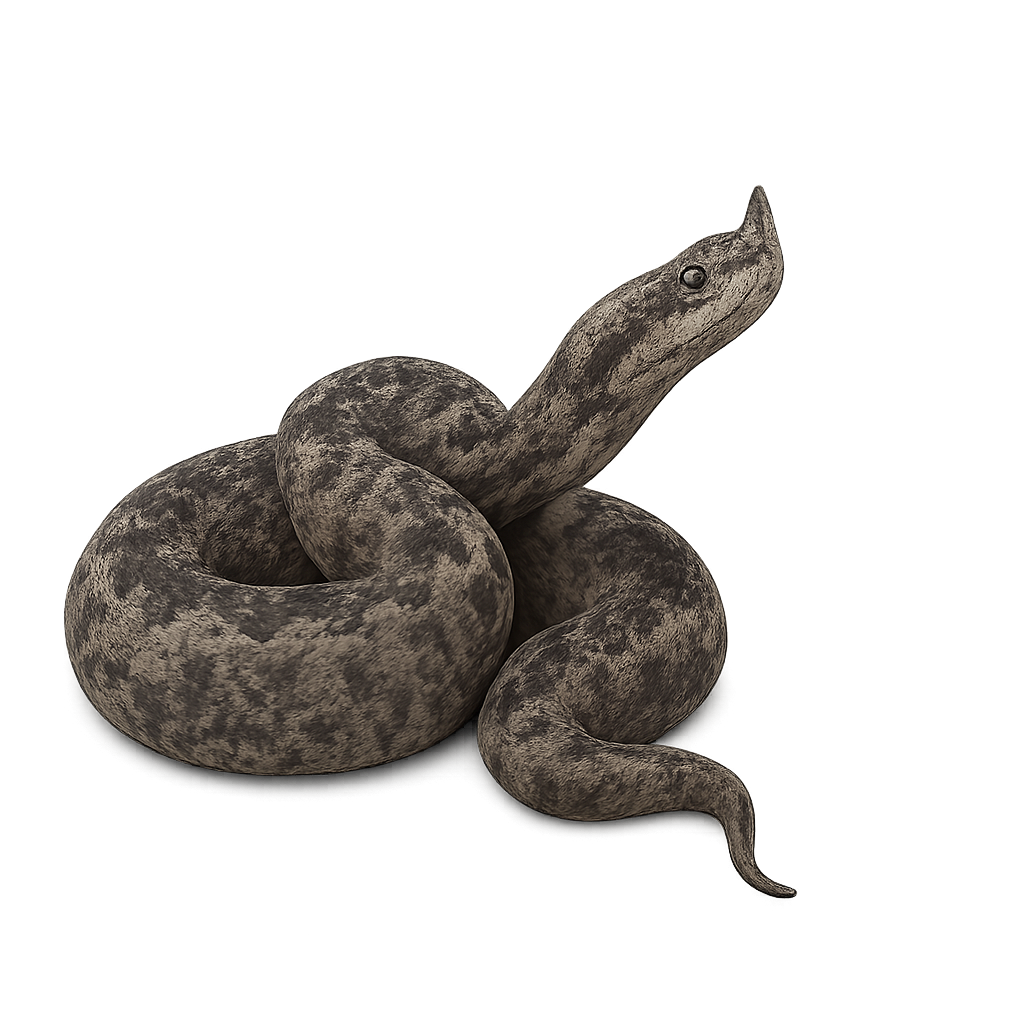Your wildlife photography guide.
Explore the horned viper in detail, study its behavior, prepare your shots.
Where to observe and photograph the horned viper in the wild
Learn where and when to spot the horned viper in the wild, how to identify the species based on distinctive features, and what natural environments it inhabits. The WildlifePhotographer app offers tailored photography tips that reflect the horned viper’s behavior, helping you capture better wildlife images. Explore the full species profile for key information including description, habitat, active periods, and approach techniques.
Horned Viper
Scientific name: Vipera ammodytes

IUCN Status: Least Concern
Family: VIPERIDAE
Group: Reptiles
Sensitivity to human approach: Suspicious
Minimum approach distance: 3 m
Reproduction period: May to June
Incubation: N/A
Births: May to June
Habitat:
Rocks, dry meadows, sparse forests
Activity period :
Active during the day when temperatures are favorable, often seen basking in the sun.
Identification and description:
The horned viper, scientifically known as Vipera ammodytes, is a venomous snake found primarily in the Balkans and parts of Southeast Europe. It is distinguished by its triangular head and the unique horn-like structure on its snout. Its coloration ranges from gray to brown, with zigzag patterns along its back, providing excellent camouflage in its natural rocky and dry habitats. This species is typically found at altitudes from 0 to 2000 meters. Although its venom can be dangerous to humans, bites are rare and usually occur only when the snake feels threatened.
Recommended lens:
Macro – adjust based on distance, desired framing (portrait or habitat), and approach conditions.
Photography tips:
When photographing the horned viper, it's crucial to maintain a safe distance of at least 3 meters to avoid disturbing it and risking a bite. Use a macro lens to capture the fascinating details of its skin and distinctive horn. Opt for times of the day when natural light is soft, such as early morning or late afternoon, to achieve well-lit shots without startling the snake. Be patient and observe its behavior to anticipate its movements and capture dynamic photos.
The WildlifePhotographer App is coming soon!
Be the first to explore the best nature spots, track rutting seasons, log your observations, and observe more wildlife.
Already 1 415 wildlife lovers subscribed worldwide

